Many people often confuse venomous and poisonous animals, but these terms are not interchangeable. When you touch or ingest a poisonous animal, it releases its toxins, causing harm. In contrast, a venomous creature actively delivers its toxins through a bite or sting.
Venom composition varies significantly across species, and some have evolved highly specialized methods to defend themselves or incapacitate prey.
The danger posed by a venomous animal can be quantified using the lethal dose 50% (LD50) metric, which measures the potency of venom based on its ability to kill half of a group of laboratory mice.
The LD50 provides insight into the venom’s deadliness, but factors like the quantity of venom delivered and the physical trauma inflicted also play crucial roles in the level of threat these creatures pose.
From the venomous tentacles of a jellyfish to the sharp fangs of a snake, these adaptations have one thing in common—some can be deadly.
31. Southern Short-Tailed Shrew
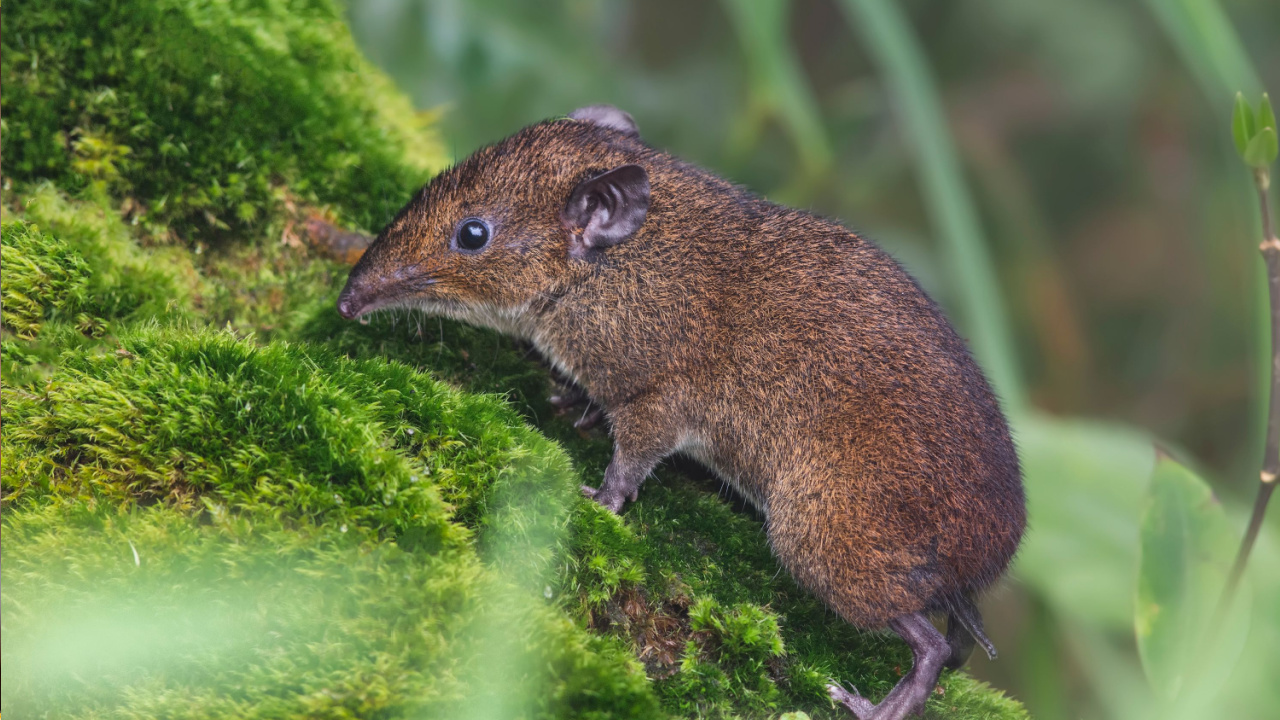
If you encounter a Southern short-tailed shrew, be wary of its bite. Although its venom won’t be lethal to you, it can still inflict considerable pain, along with swelling and muscle discomfort.
This small mammal has specialized teeth that allow it to deliver venom strong enough to dispatch 200 mice.
30. Gila monster

The Gila monster possesses a powerful venom that, while not lethal to humans, can result in intense pain, a drop in blood pressure, and bleeding. If you’re bitten, recovery may extend over several days.
29. Duck-billed platypus

The male duck-billed platypus carries venom in the spurs on its back legs, causing intense pain that regular painkillers like morphine can’t alleviate.
While these mammals may appear peculiar, their venom is a potent defense mechanism.
28. Mexican Beaded Lizard

The Mexican beaded lizard has a unique way of envenoming its prey. Instead of fangs, it grinds its grooved teeth onto its victim to transfer venom.
If bitten, you might experience intense pain, swelling, and sweating. Although uncommon, severe cases can lead to a drop in blood pressure, and on extremely rare occasions, respiratory failure.
27. Catfish
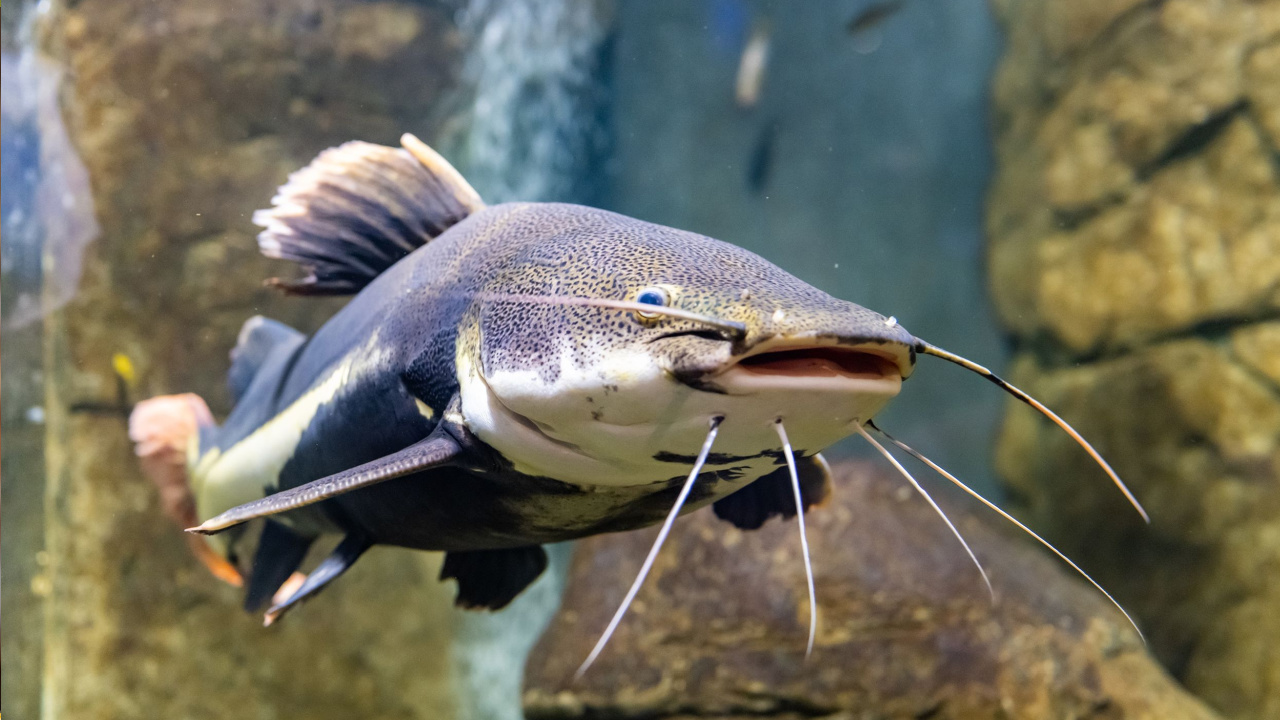
Catfish, known for their whisker-like barbels, can deliver a painful sting. Their fins are equipped with robust, hollow spines that release venom, causing intense discomfort.
Some species’ venom, such as that of the striped eel catfish, could even be lethal.
26. King Brown Snake
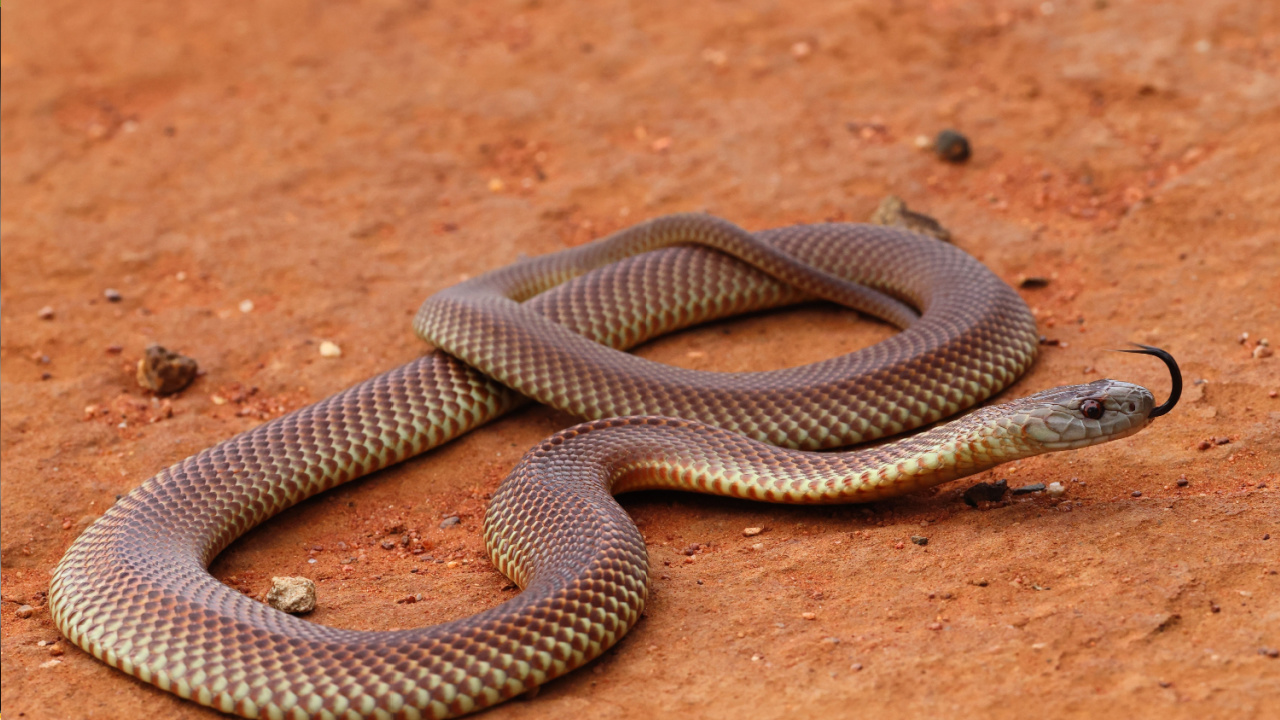
The King Brown Snake, commonly referred to as the mulga, can inject up to 150 milligrams of venom in a single bite. While its venom isn’t as potent as some other species, without treatment, death can occur.
25. Brown recluse
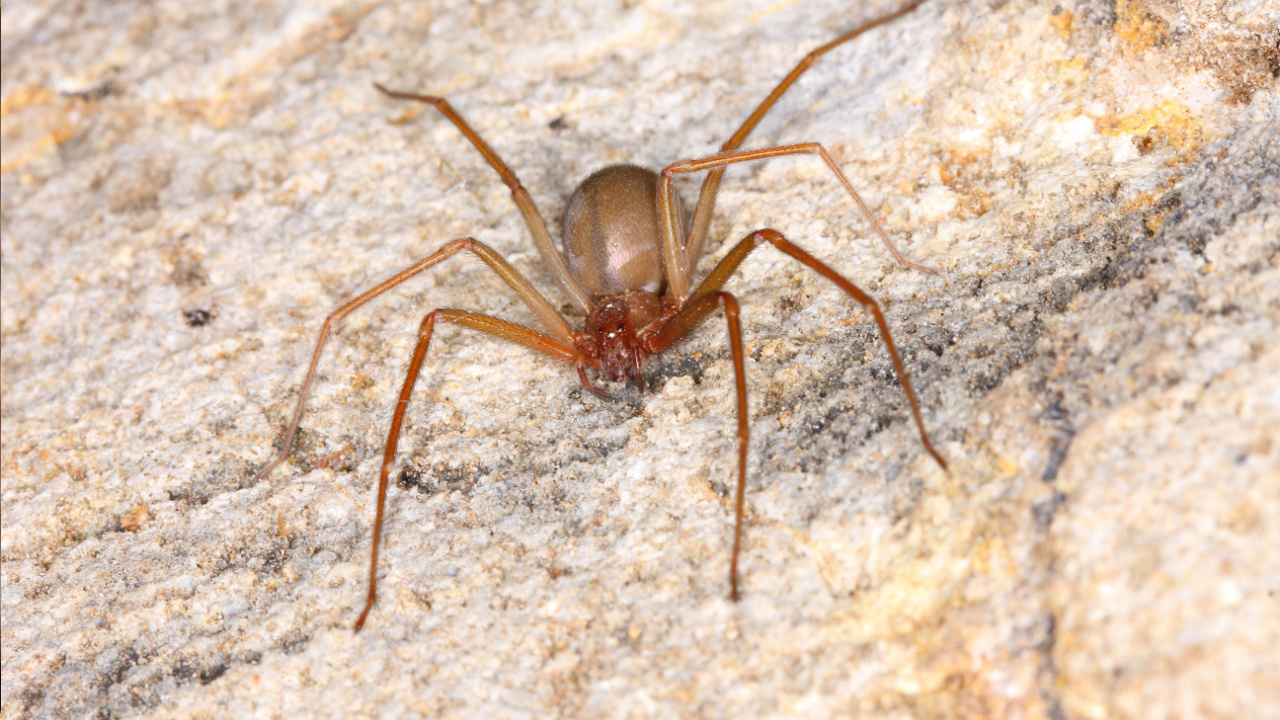
The venom of the brown recluse spider can lead to severe reactions, including skin decay and systemic symptoms, which are particularly dangerous for young children with compromised immunity.
24. Blue-spotted Stingray
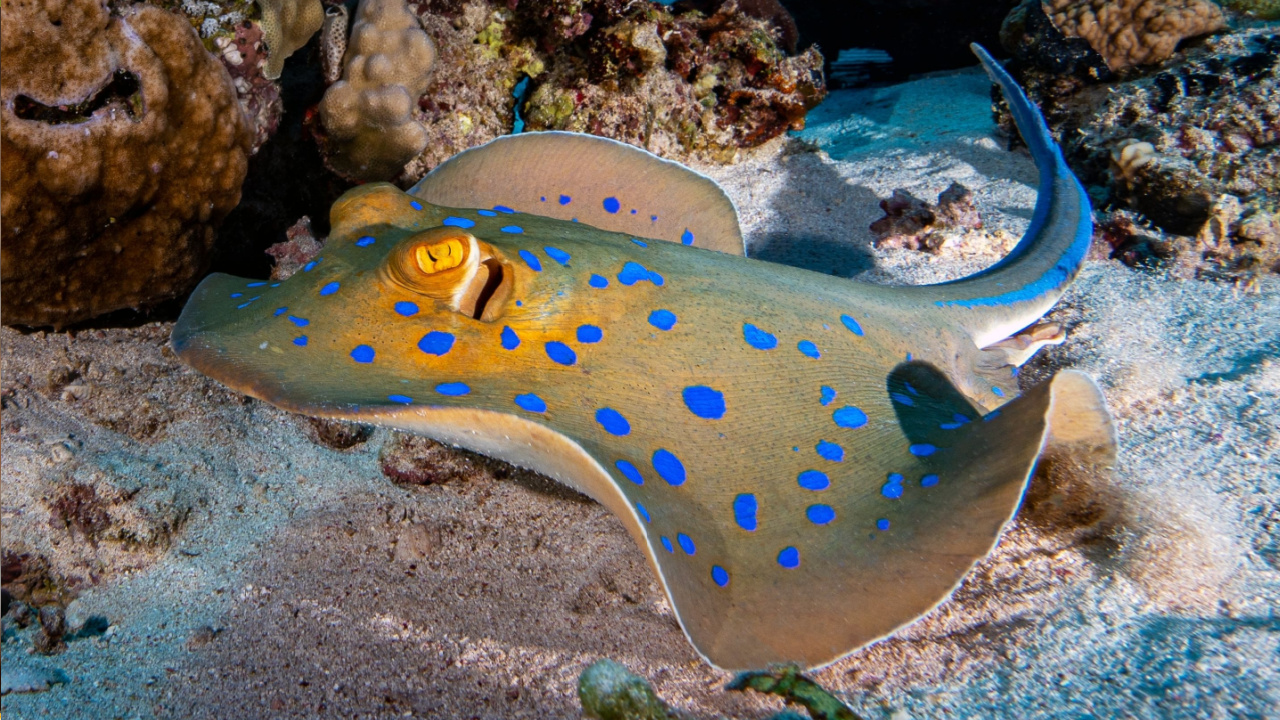
While encounters with the blue-spotted stingray tend to have minimal risk, their venom can pose serious threats if delivered to critical bodily regions.
Notably, Steve Irwin’s tragic outcome illustrated the potential peril when vital organs are affected. Despite this, fatalities remain exceedingly uncommon.
23. Eastern Diamondback Rattlesnake
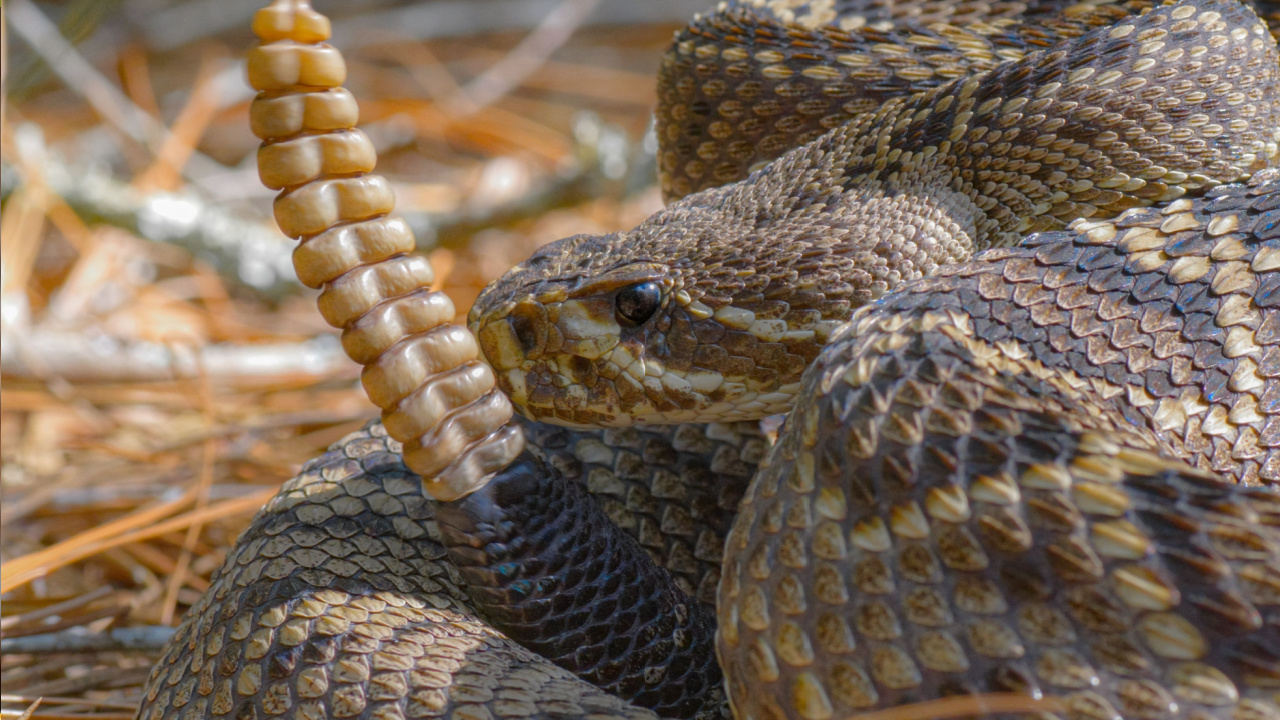
The Eastern Diamondback Rattlesnake is recognized as North America’s most substantial and potent serpent. Your safety is at risk if bitten, as the venom delivered can dramatically exceed the lethal threshold for humans.
22. Lionfish
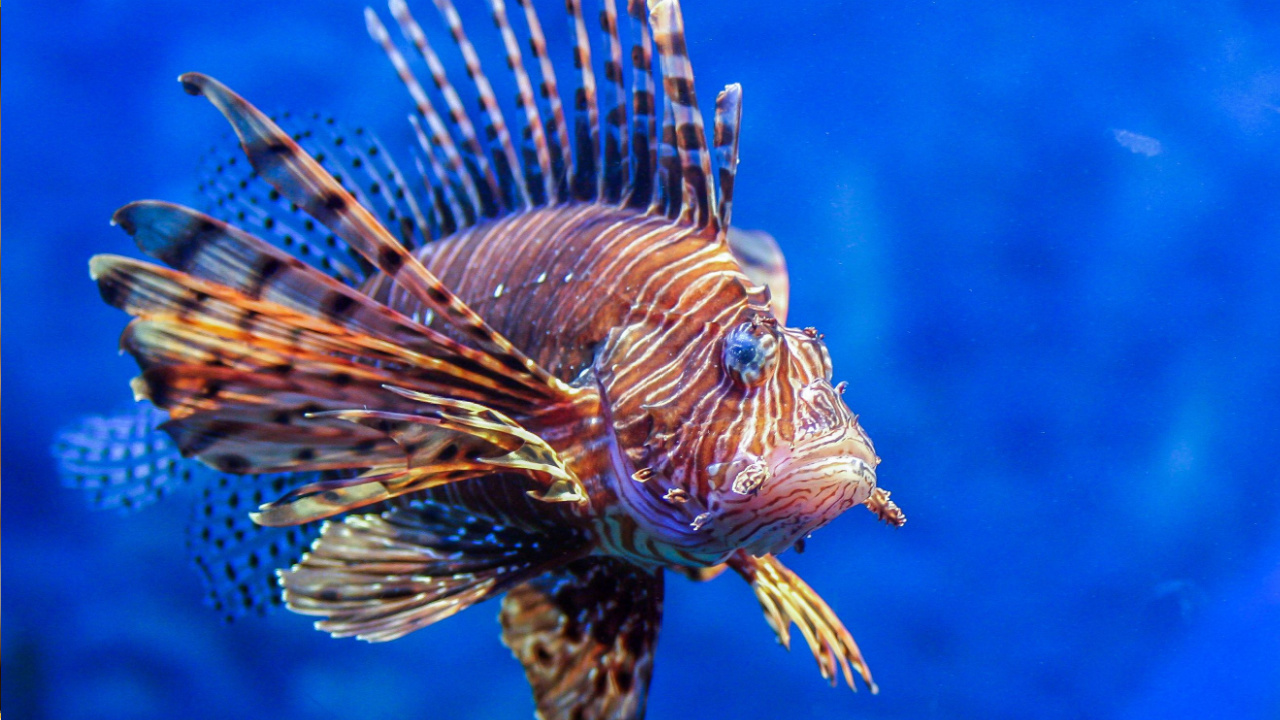
Recognizable by its striking stripes, the lionfish carries a dangerous venom within its fin rays. If you’re stung, you may experience serious symptoms such as extreme pain or even life-threatening reactions.
Always exercise caution around these marine inhabitants.
21. Black Widow Spider
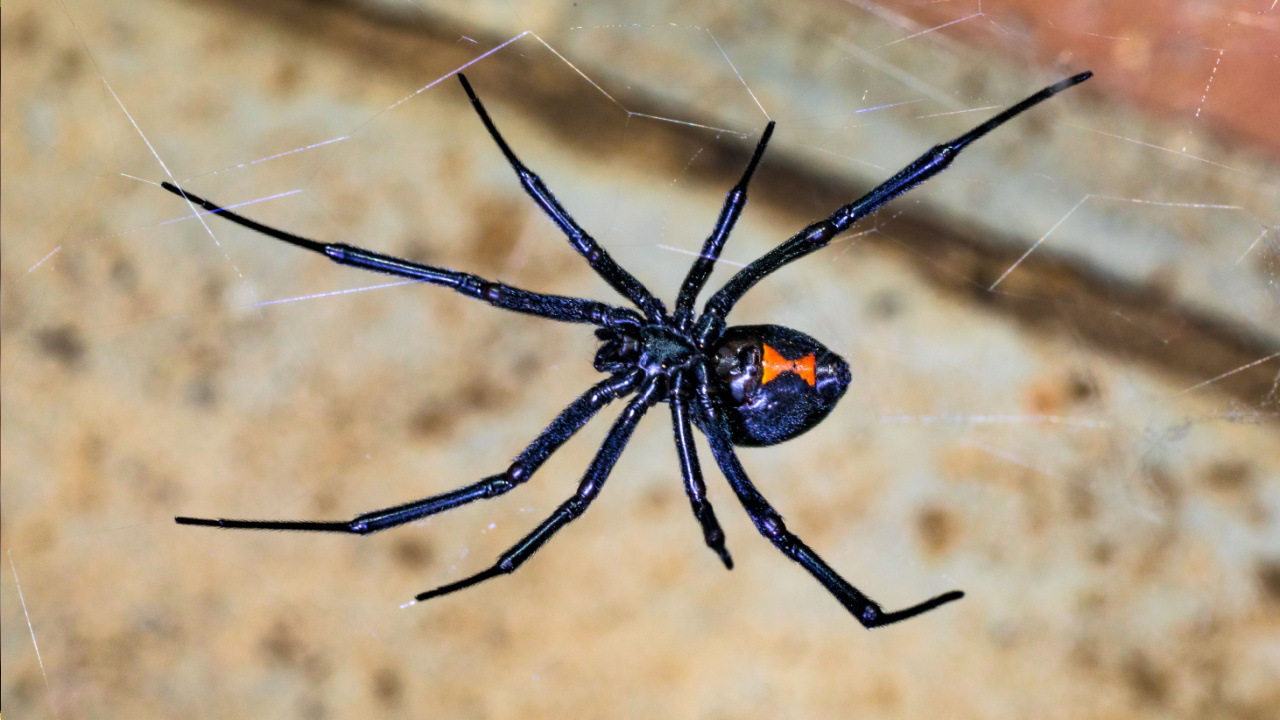
The female black widow’s bite injects a potent venom, disrupting your muscular control, leading to intense pain and possibly increased blood pressure. Encounters can be dangerous and require immediate medical attention.
20. Stonefish
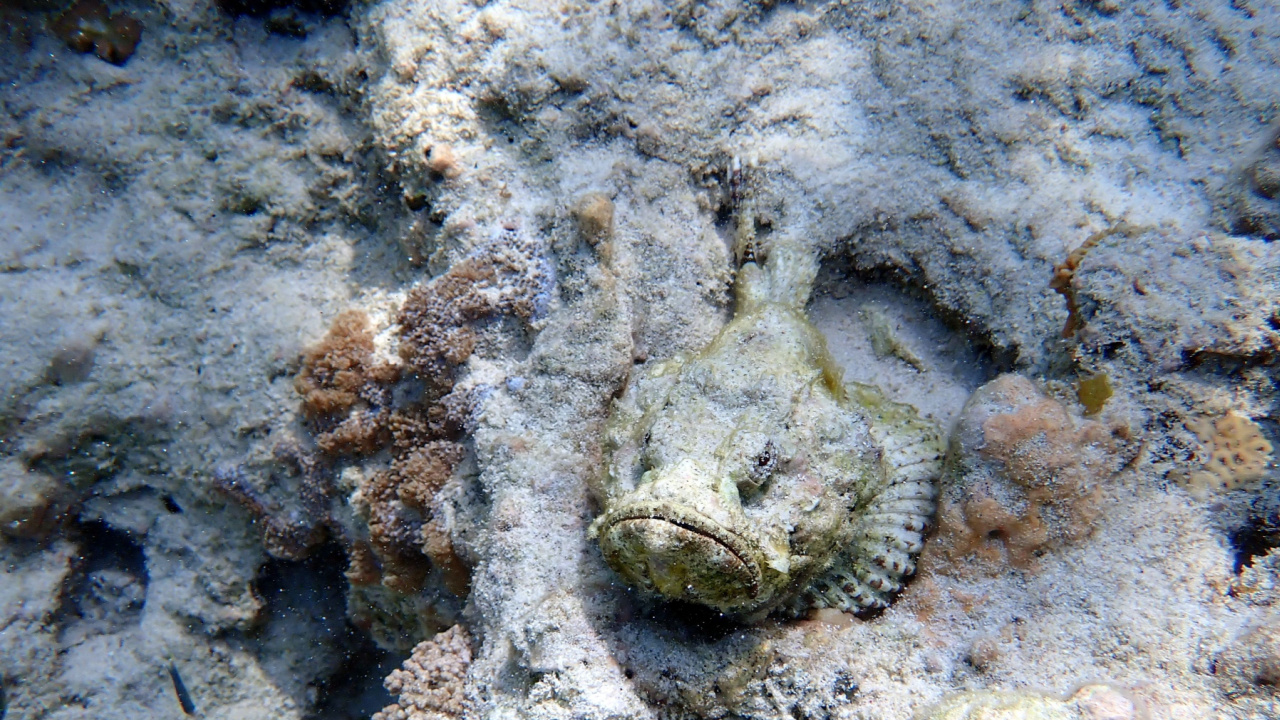
Your encounter with a stonefish can be deceptive; beneath its drab exterior lurks extreme danger.
Equipped with 13 dorsal spines, this fish injects a potent neurotoxin capable of inducing severe pain. Without timely intervention, the venom can even be lethal within six hours.
19. Russell’s Viper

Daboia russelii, commonly known as Russell’s viper, is a highly venomous snake. If bitten, you may experience prolonged pain, bleeding gums, and hematuria. Untreated, the venom has the potential to be lethal.
18. Brazilian Wandering Spider
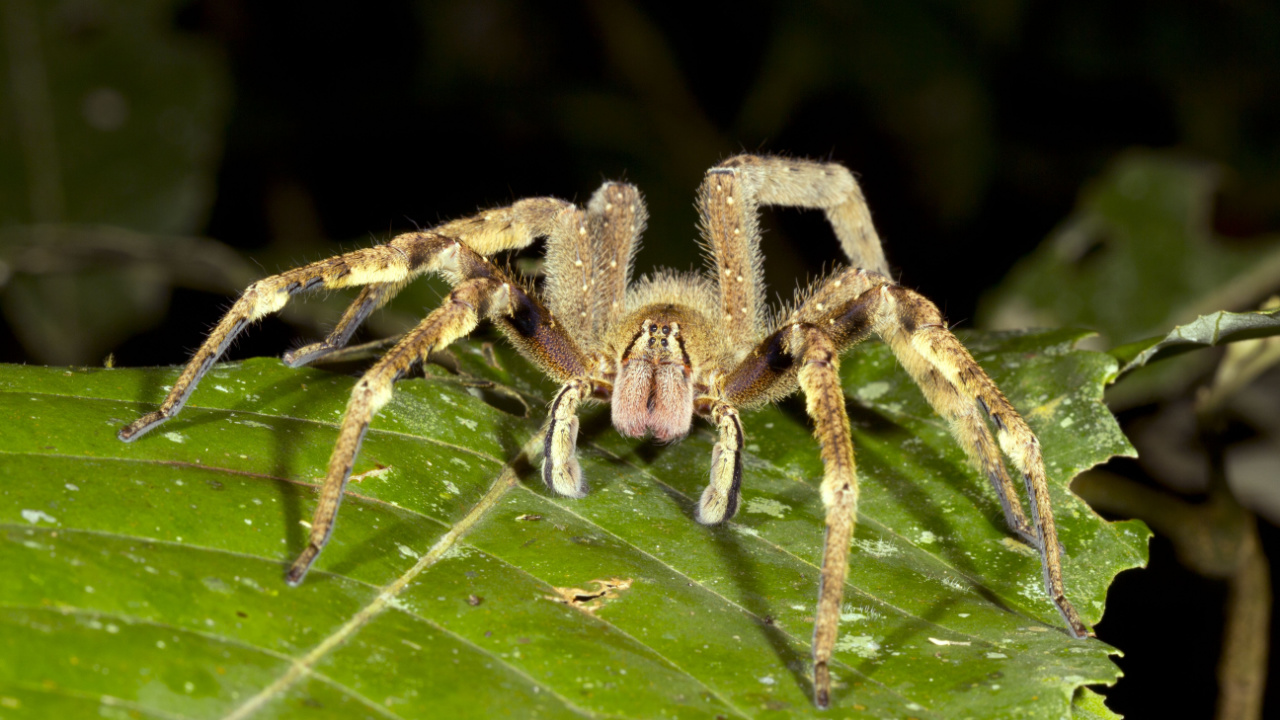
The Brazilian wandering spider’s venom contains powerful neurotoxins. In humans, bites can result in severe pain, paralysis, and can be life-threatening, especially in children due to their susceptibility to the toxins.
17. Indian Cobra
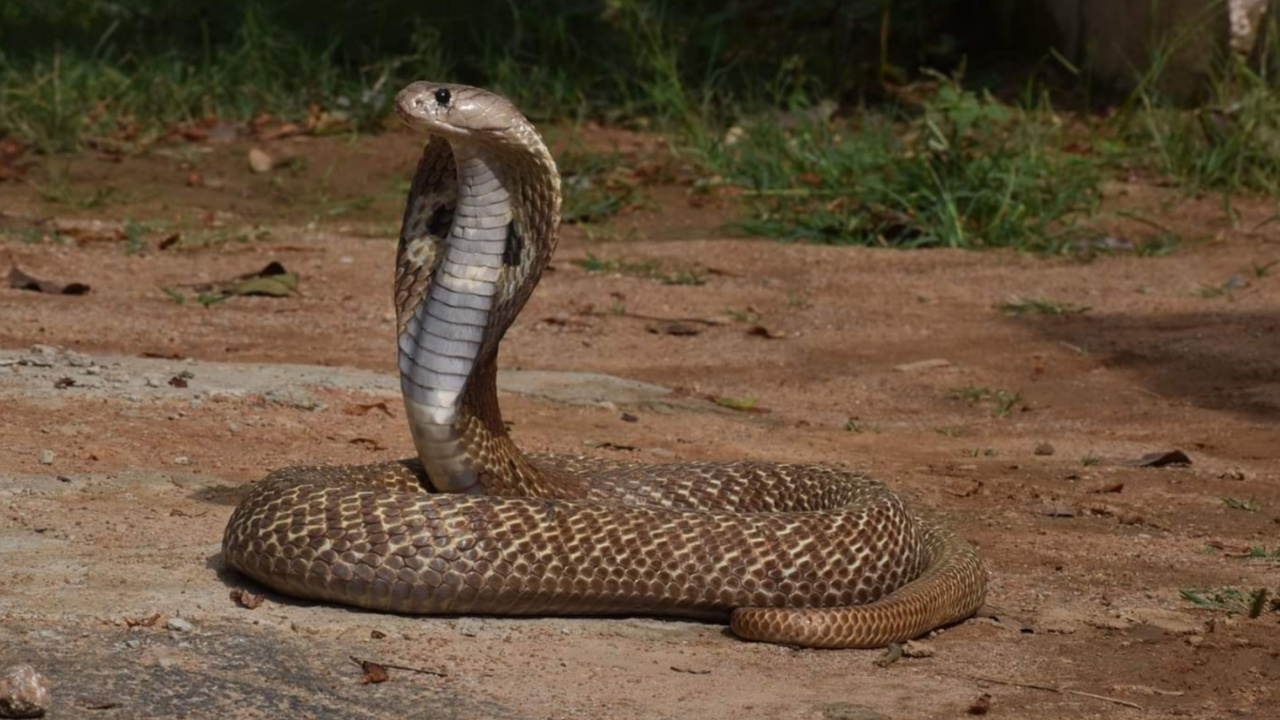
The Indian cobra’s venom is potent, affecting both the nervous system and the heart. If you’re bitten and don’t receive treatment, you face a 20-30% chance of not surviving.
16. Common Krait

The Common Krait’s venom contains potent neurotoxins that imperil respiratory function, potentially leading to suffocation within hours post envenomation.
Remarkably, its bite may initially be painless, posing a silent threat especially during sleep.
15. Fat-tailed Scorpion
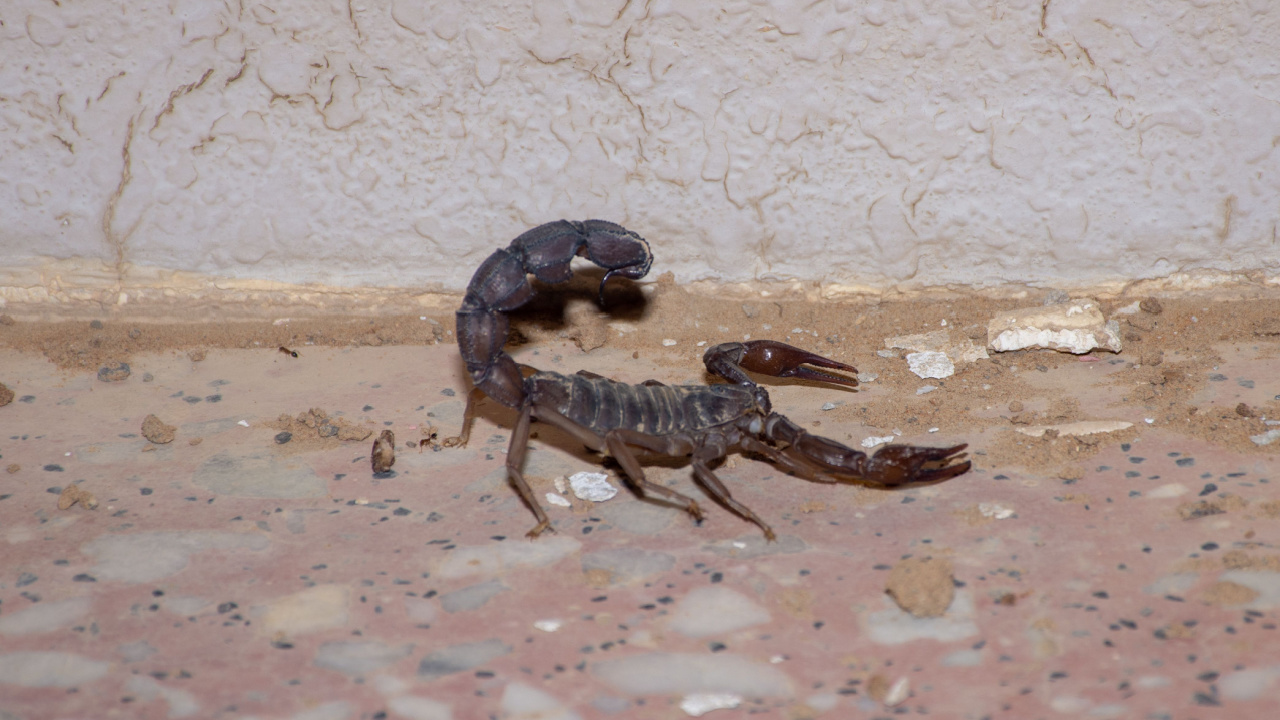
The Tunisian fat-tailed scorpion is notably lethal, contributing to nearly all scorpion sting fatalities in North Africa annually. The venom’s neurotoxins could prove deadly in under six hours.
14. Black Mamba
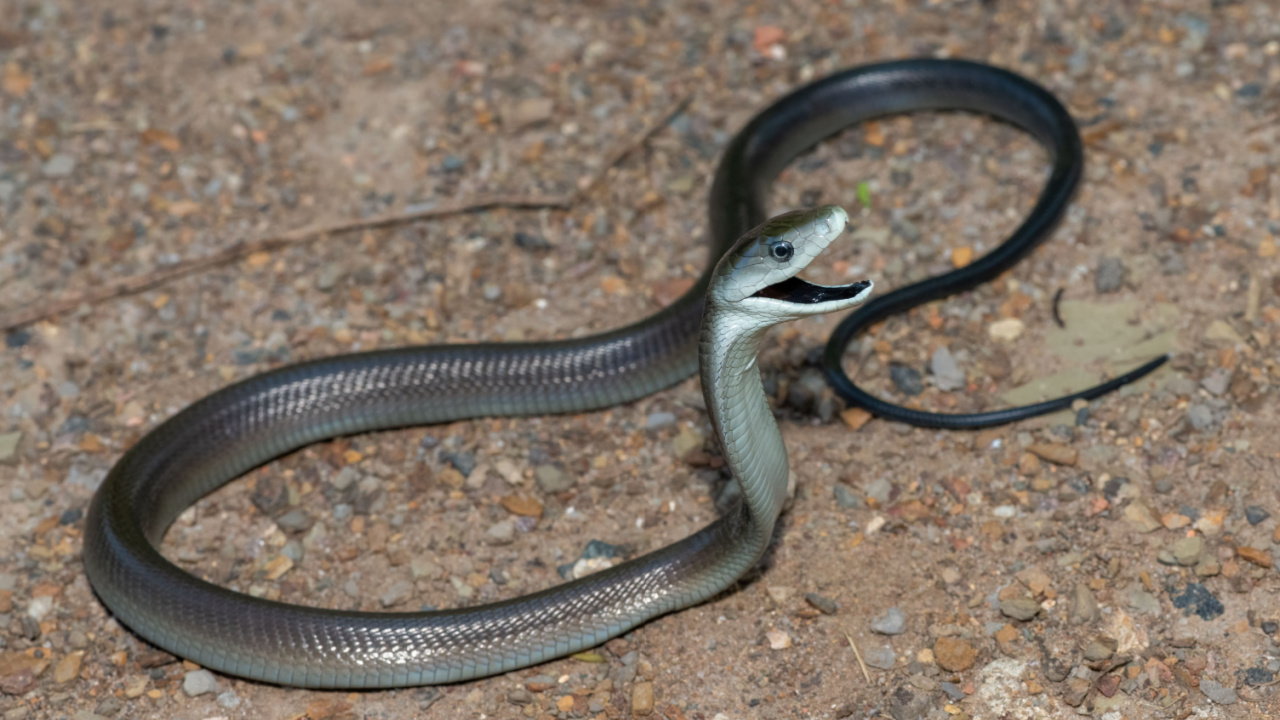
The black mamba is known for its capability to inject substantial venom in a single bite. Its venom, a mix of neurotoxins and cardiotoxins, has the potential to be fatal within just several hours.
13. King Cobra
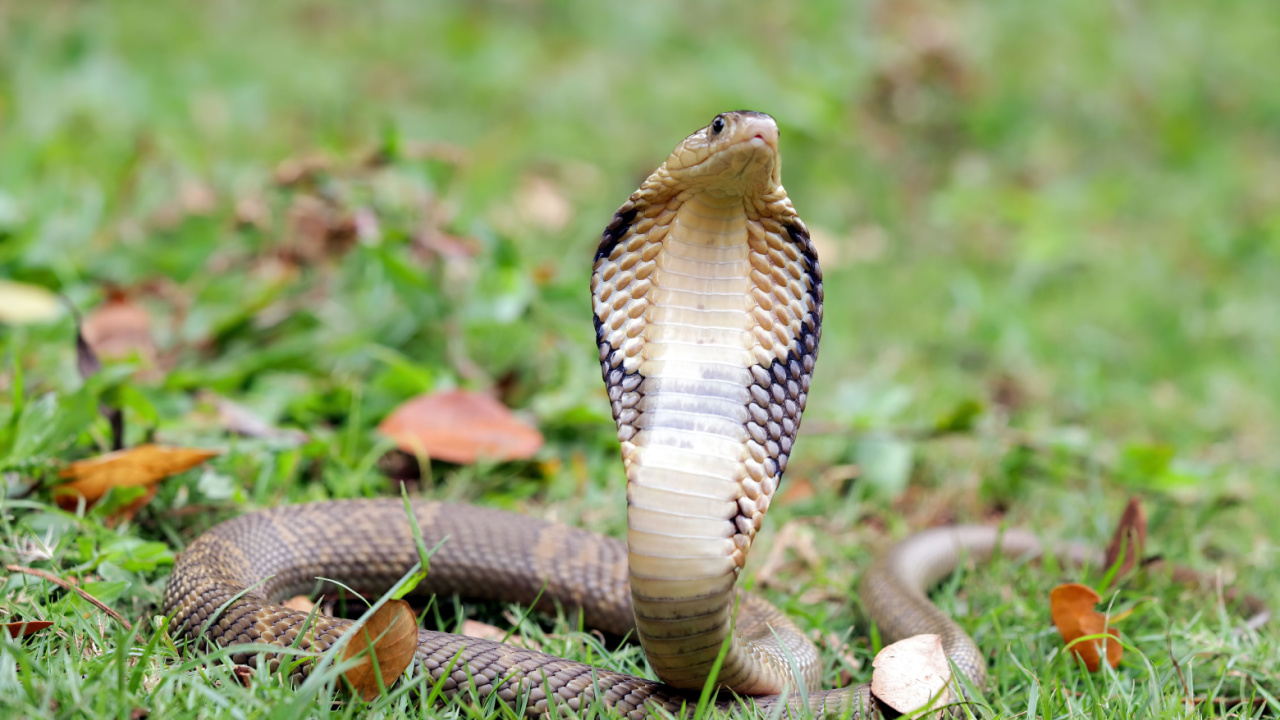
The king cobra possesses a unique method of defense by being able to eject its venom, eliminating the need for direct contact such as a bite.
A mere 7 milliliters of its venom is potent enough to be lethal to an elephant or 20 humans. Despite not having the most lethal venom, the consequences of its venom are severe and life-threatening.
12. Deathstalker Scorpion
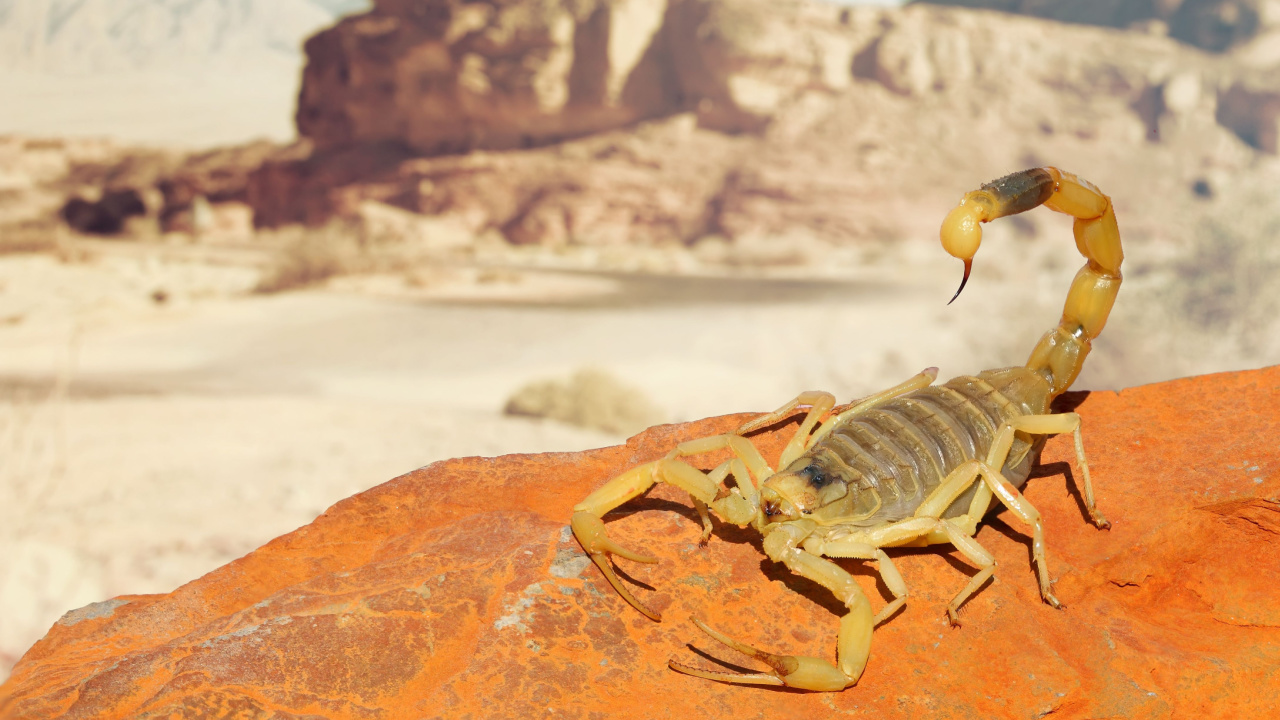
The Deathstalker scorpion’s sting releases a highly toxic venom. Even in small amounts of just 0.25 mg/kg, the venom can prove lethal.
11. Saw-scaled viper
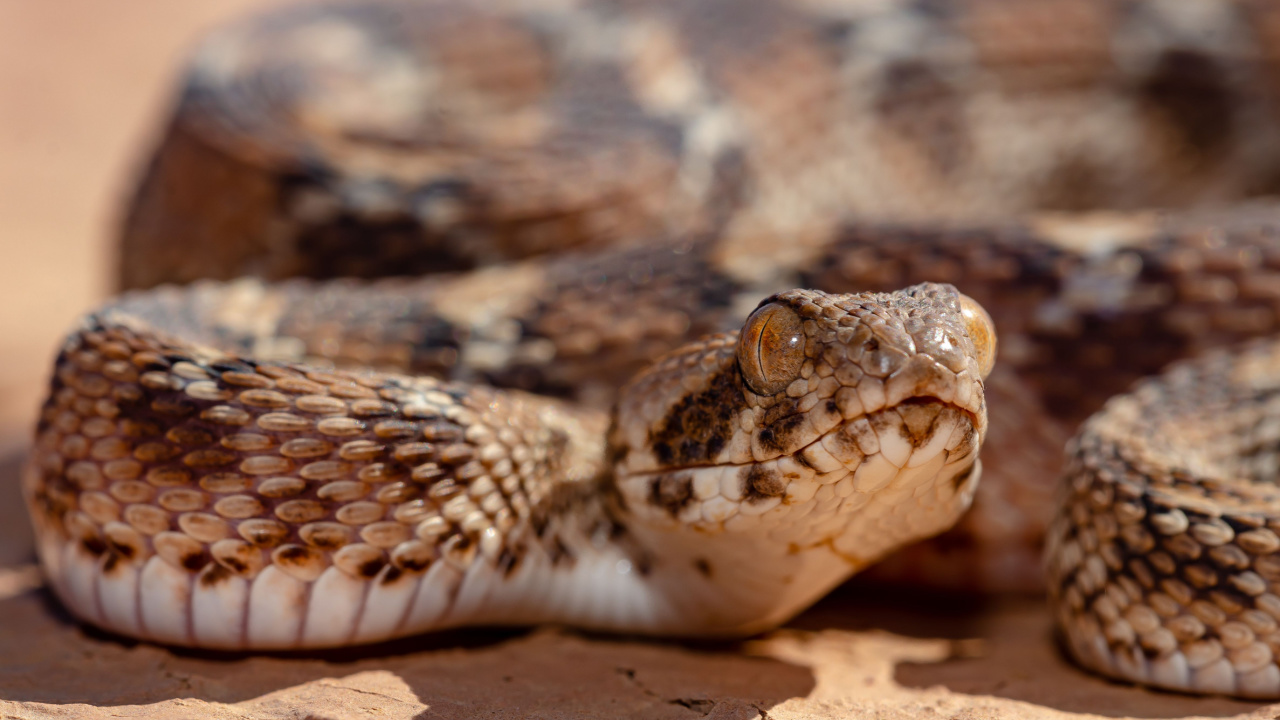
The saw-scaled viper often causes more fatalities than any other snakes in its habitat due to its potent venom.
10. Indian Red Scorpion

The sting of an Indian red scorpion can be lethal, with a mortality rate reaching up to 40%.
9. Funnel-Web Spider

The venom possessed by the funnel-web spider holds exceptional lethality, surpassing that of cyanide.
Should you be unfortunate enough to suffer its sting, you might experience a rapid escalation in blood pressure, erratic heartbeat, and even a fatal outcome if not urgently treated.
Its potency is such that it can result in critical conditions or mortality in a mere quarter of an hour for the most vulnerable.
8. Boomslang
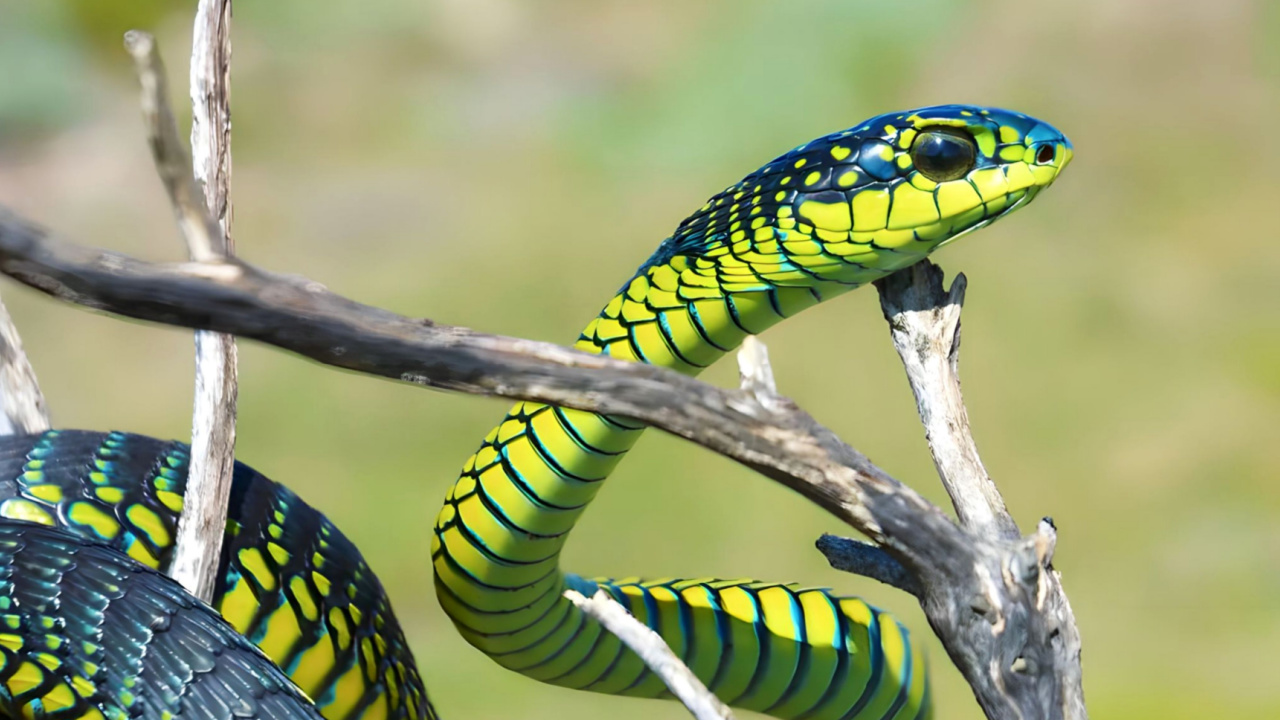
The boomslang possesses a remarkable ability to unhinge its jaws up to an extraordinary 170 degrees during an attack.
Bites deliver a potent venom, primarily a hemotoxin that compromises blood clotting. Fortunately, the toxin’s slow progression allows a window of opportunity for the administration of anti-venom.
7. Dubois Sea Snake

The Dubois’ sea snake possesses venom potent enough to fatally envenom a mouse with a single bite.
Exposure to this lethal toxin can lead to paralysis, vision impairment, and difficulties in speech and swallowing. A small percentage, roughly 3%, may face fatal outcomes.
6. Coastal Taipan
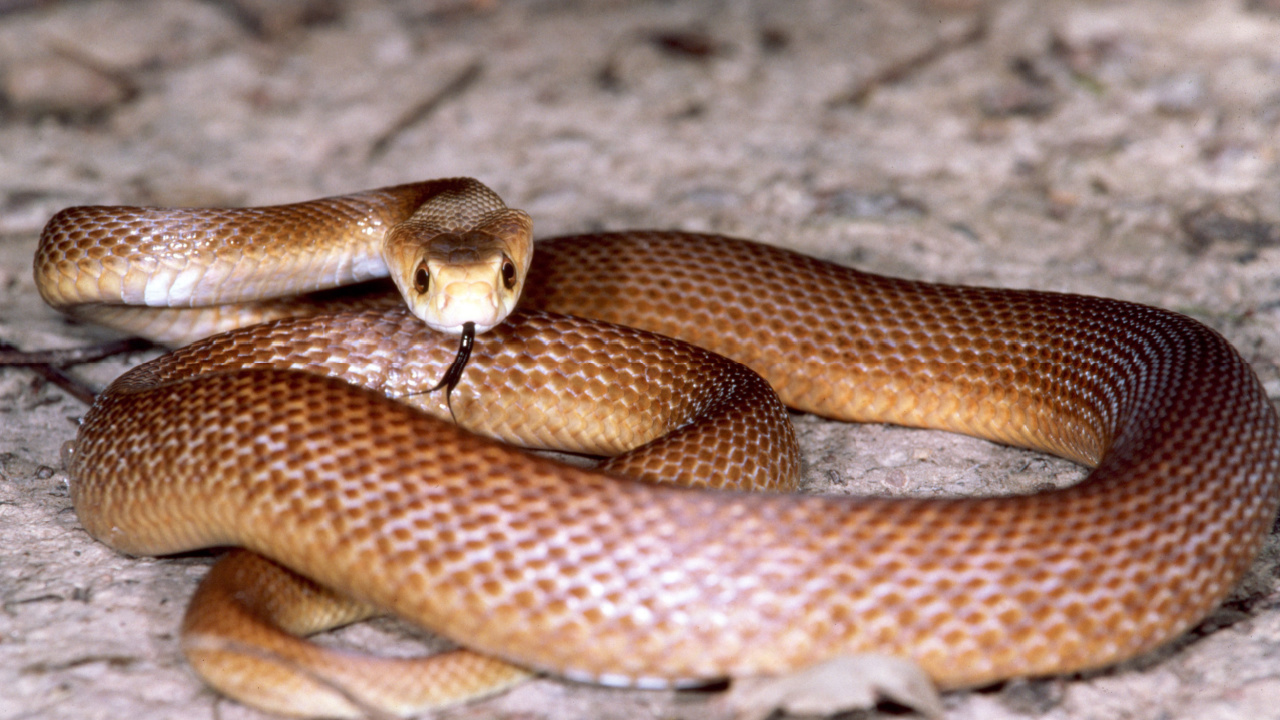
The coastal taipan’s venom is potent, impacting your nervous system and blood’s ability to clot. Without immediate treatment, the likelihood of survival is nonexistent, with potential death occurring as rapidly as 30 minutes post-bite.
5. Cone Snail
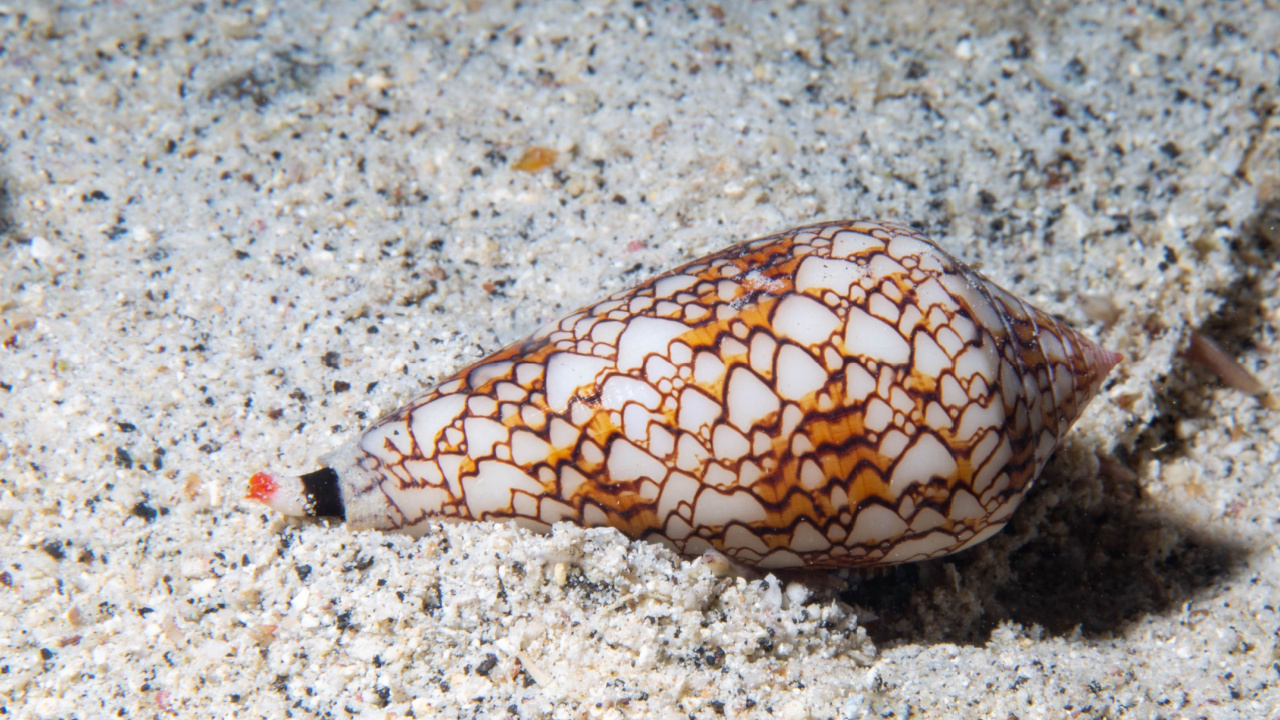
Cone snails appear unassuming due to their slow movement, but this belies the power of their venom.
These marine creatures have radulae, needle-like structures capable of piercing through a wetsuit. A minuscule quantity of their venom can be fatal, with one cone snail bearing enough toxin to potentially end the lives of 20 adults.
4. Irukandji Jellyfish

Despite their diminutive size, comparable to the tip of your finger, Irukandji jellyfish deliver a potent sting with severe consequences.
The sting induces Irukandji syndrome, marked by intense pain that often resists morphine treatment. With no anti-venom available, the venom can even lead to lethal brain hemorrhages.
3. Blue-ringed Octopus

Despite its modest golf ball size, the blue-ringed octopus possesses a venom potent enough to immobilize and kill a human.
Encounter with this cephalopod may rapidly lead to severe respiratory paralysis and, in severe cases, death can occur swiftly. An effective antidote has yet to be discovered.
2. Inland Taipan Snake

The inland taipan possesses an exceptionally potent venom. A single bite contains enough venom to kill multiple humans, with potentially lethal effects manifesting within just 45 minutes.
1. Box jellyfish
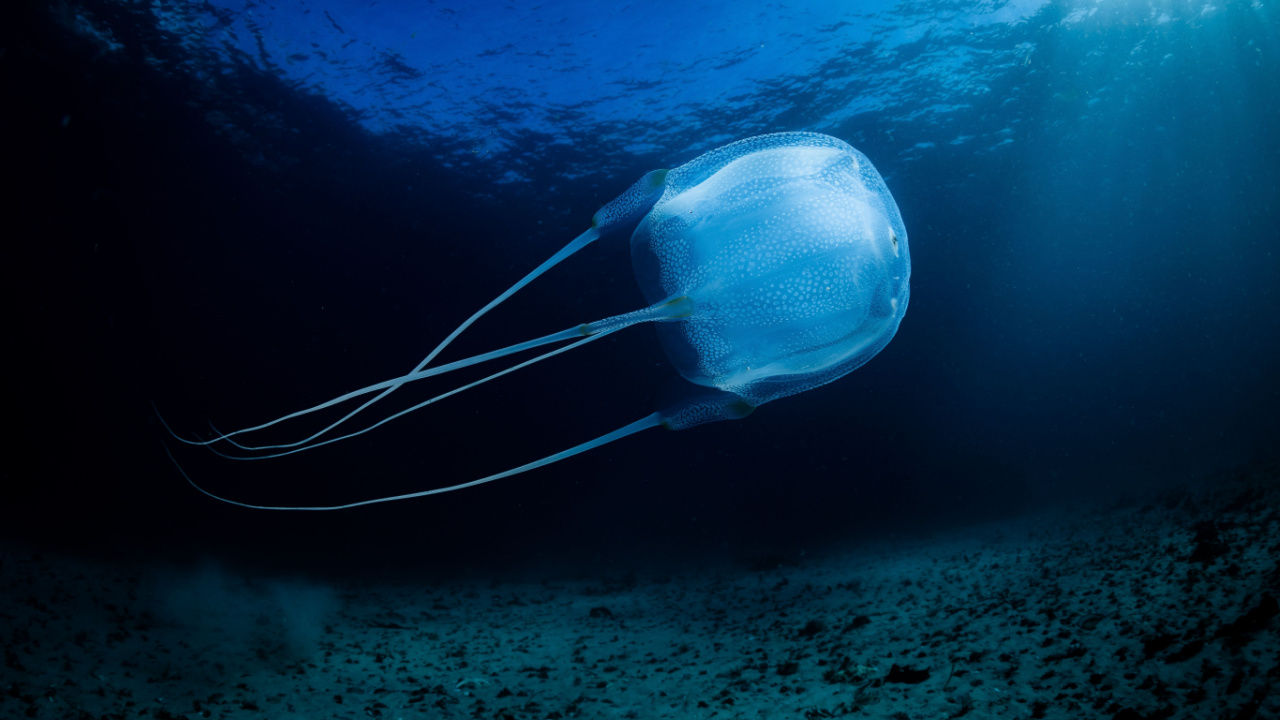
When encountering the Chironex fleckeri, commonly known as the box jellyfish, you’re facing one of the sea’s most fearsome creatures.
Nearly invisible in water, this large marine stinger carries tentacles armed with countless nematocysts. Upon contact, it can release a powerful venom. This venom is capable of inflicting excruciating pain, paralysis, and even death.
A single box jellyfish possesses enough venom to kill 60 humans, making an encounter with this species extremely dangerous.
The sting from a box jellyfish can lead to life-threatening situations within mere minutes, including cardiac arrest.
17 Most Devastating Tornadoes In History
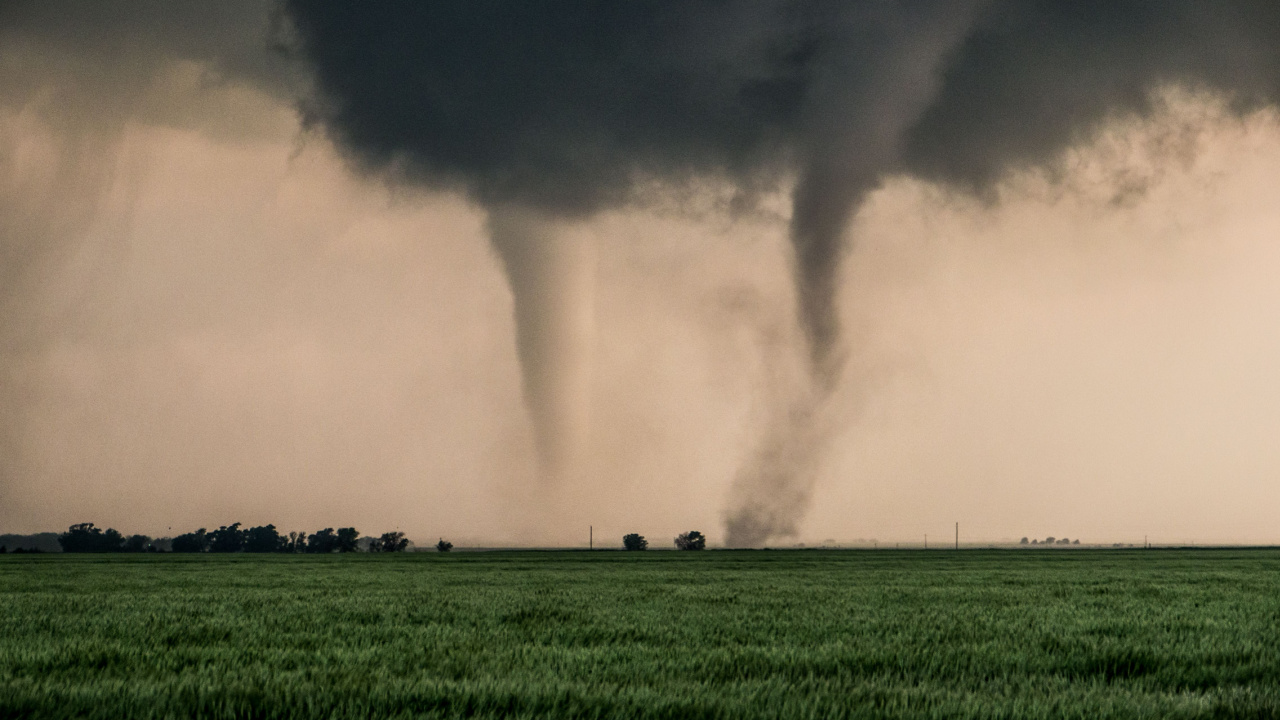
Nature’s fury is terrifying, and tornadoes are among the most deadly natural phenomena. These 17 deadly tornadoes highlight nature’s power and the resilience of humans in the aftermath of such devastation.
24 Most Devastating Blizzards in US History

For preppers, understanding the power and impact of historic blizzards is key to being prepared for future winter emergencies. Each of these historic snowstorms teaches valuable lessons about resilience, planning, and survival. The more prepared we are, the better our chances of survival in an emergency scenario.
- Read More: 24 Most Devastating Blizzards in US History
23 Riskiest Cities To Be During a Power Grid Collapse
In a world where the stability of our power grid is increasingly under threat, knowing which urban areas to avoid during a blackout is crucial for any serious prepper. And which areas to escape as quickly as possible. When you’re making your survival plans, keep in mind that these are the places you don’t want to be.

Katy Willis is a writer, lifelong homesteader, and master herbalist, master gardener, and canine nutritionist. Katy is a preparedness expert and modern homesteader practicing everyday preparedness, sustainability, and a holistic lifestyle.
She knows how important it is to be prepared for whatever life throws at you, because you just never know what's coming. And preparedness helps you give your family the best chance to thrive in any situation.
Katy is passionate about living naturally, growing food, keeping livestock, foraging, and making and using herbal remedies. Katy is an experienced herbalist and a member of the CMA (Complementary Medical Association).
Her preparedness skills go beyond just being "ready", she's ready to survive the initial disaster, and thrive afterward, too. She grows 100% organic food on roughly 15 acres and raises goats, chickens, and ducks. She also lovingly tends her orchard, where she grows many different fruit trees. And, because she likes to know exactly what she's feeding her family, she's a seasoned from-scratch cook and gluten-free baker.
Katy teaches foraging and environmental education classes, too, including self-sufficient living, modern homesteading, seed saving, and organic vegetable gardening.
Katy helps others learn forgotten skills, including basic survival skills and self-reliance.
She's been published on sites such as MSN, Angi, Home Advisor, Family Handyman, Wealth of Geeks, Readers Digest, and more.
